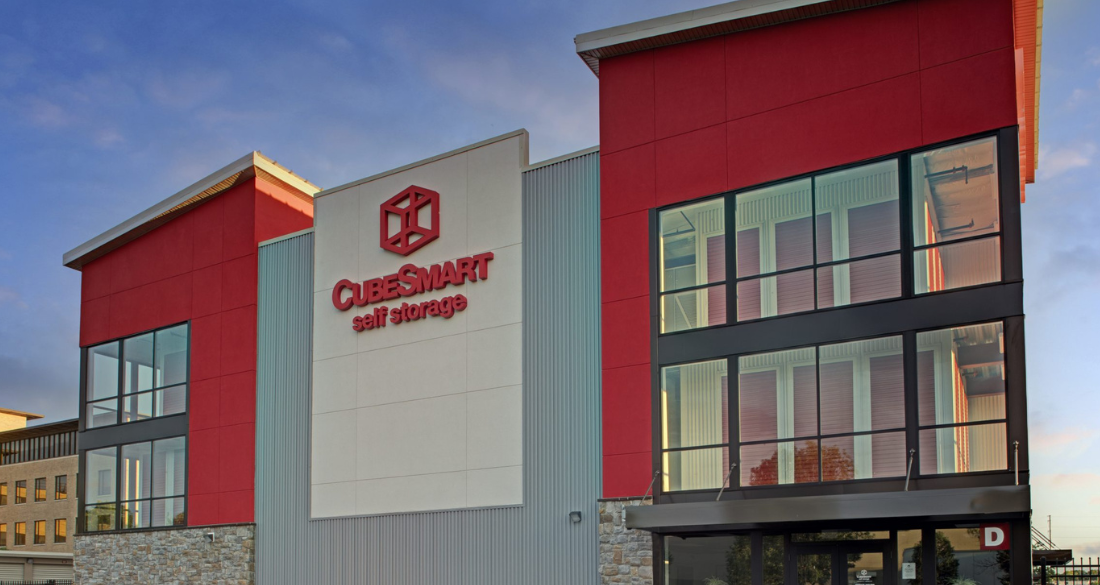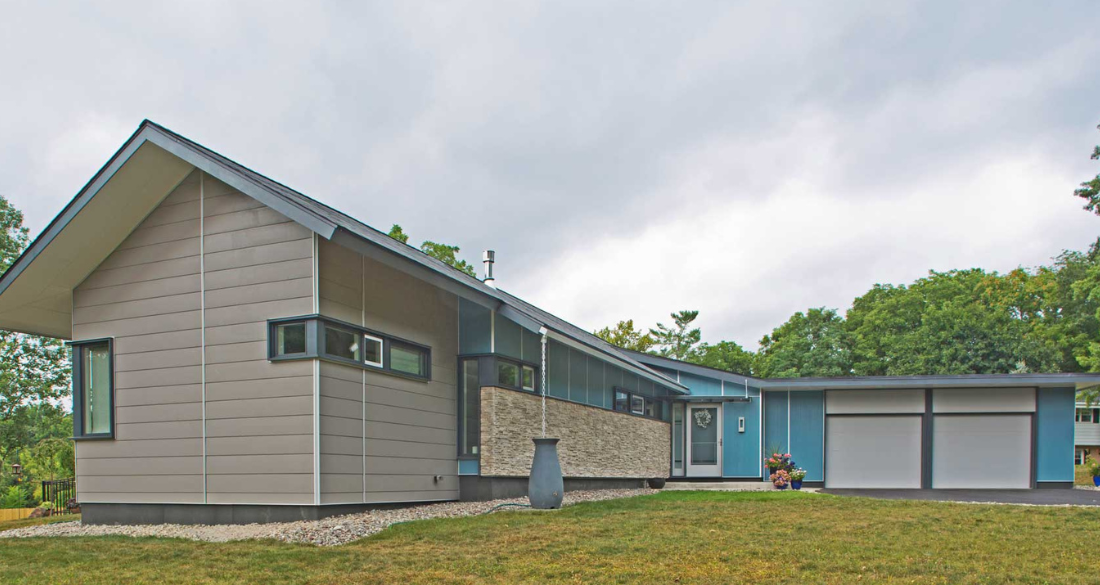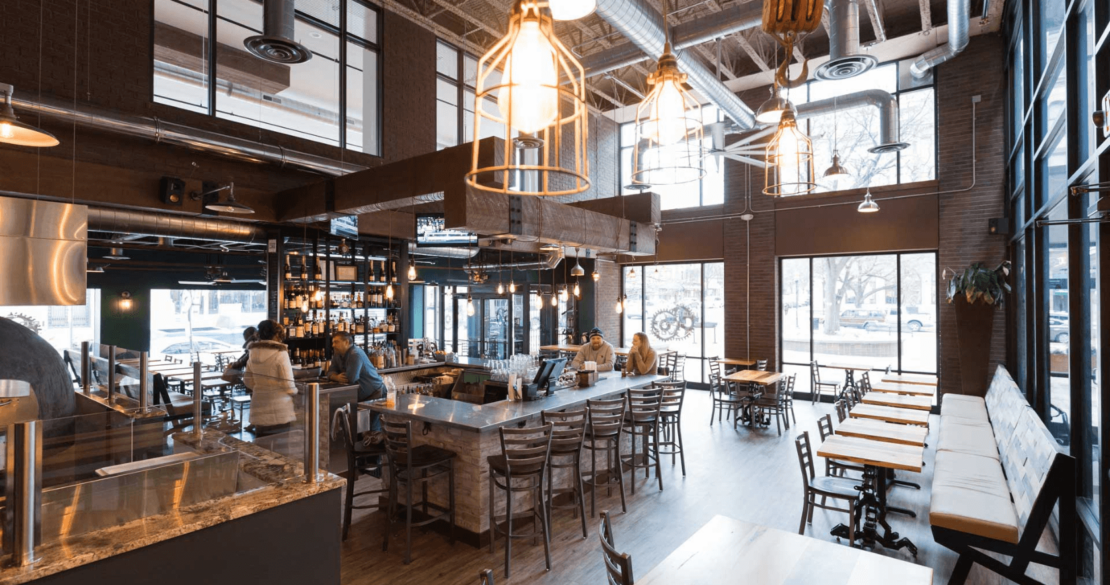Feasibility Studies in Architectural Design: A Comprehensive Guide
Why are feasibility studies so essential?
Any architectural project is only as strong as the initial planning phases. It doesn’t matter how innovative your design concept is or how strong your materials are. If you don’t know if your build is feasible—or even possible—your project might be doomed before you even break ground.
Feasibility studies are comprehensive assessments conducted before any design work begins. They help determine a project’s potential and viability to ensure maximum profitability.
These standalone studies examine numerous operations, technical, financial, and market-related factors to identify potential risks and determine whether the proposed project is even worth pursuing.
Top 4 benefits of feasibility studies
Feasibility studies play a crucial role in architectural projects. They not only minimize risks and uncertainties, but also enhance project viability and sustainability.
Four key benefits of conducting feasibility studies include:
- Mitigating risks: Feasibility studies reveal any potential obstacles that may occur during a project’s lifecycle, including legal problems, design challenges, material shortages, community opposition, or geographical constraints. Proactively identifying issues before they arise allows the architects to adjust plans accordingly.
- Optimizing viability and sustainability: Determining the resources needed for a project prevents waste and maximizes resource allocation. Clients and stakeholders will also clearly understand a project’s viability and profitability, which allows them to make informed investment decisions.
- Compliance: Understanding the legal, zoning, and regulatory requirements ensures an architectural project aligns with compliance policies. This eliminates the risk of legal consequences and costly fines.
- Better goal alignment: By understanding and visualizing a client’s objectives, it’s much more likely that the end result will not only align with expectations, but exceed them.
Understanding how feasibility studies work
When done properly, feasibility studies reduce risks, maximize resources, drive informed decisions, and guarantee a project’s success.
To address all aspects of a project, feasibility studies generally include analysis for technical, economic, financial, legal, and environmental considerations.
- Technical Feasibility: This aspect assesses the reliability of technology, transportation needs, materials, labor requirements, and infrastructure availability.
- Economic Feasibility: Involves a cost-benefit analysis to determine if the project’s inputs, benefits, and impacts are significant. It includes labor, infrastructure, contracts, environmental risks, and overall economic impact.
- Financial Feasibility: Focuses on the project’s financial sustainability, debt obligations, revenue projections, expense assumptions, funding sources, credit availability, and industry comparison.
- Legal Considerations: Evaluates the legal and regulatory requirements such as permits, licenses, building code compliance, and other legal aspects crucial for project development.
- Environmental Impact: Addresses environmental assessments and sustainability considerations to align projects with green building practices and community expectations.
These components help mitigate risks by ensuring that development goals can be met within regulatory constraints and financial viability, helping developers make informed decisions about whether or not to go forward with the project.
3 best practices for effective feasibility studies
Successful feasibility studies are determined by these three best practices:
- Stakeholder collaboration: Architects, clients, and stakeholders must all understand a project’s scope, goals, and objectives. Collaborating with all parties ensures that everybody is on the same page and that the desired outcomes are delivered.
- Data analysis and technology: Data-driven feasibility reports not only protect but also optimize a client’s investments by ensuring a project is precisely designed to its location and market. Types of data used in feasibility studies include energy efficiency statistics and historical and current market data.
- Continuous monitoring and adaptation: A feasibility study must be a living, breathing document that adapts to a project’s changing needs. Vigilantly monitoring every aspect of a project during its lifecycle ensures the right adjustments are made at the right times.
3 Real-world examples of the impact of feasibility studies
Feasibility studies often include renderings too, which add a visual component to the overall analysis. Making it possible to truly imagine what the building will look like in the precise location with the design envisioned.
Here are three real-life examples of how we maximized architectural project outcomes.
Rendering:
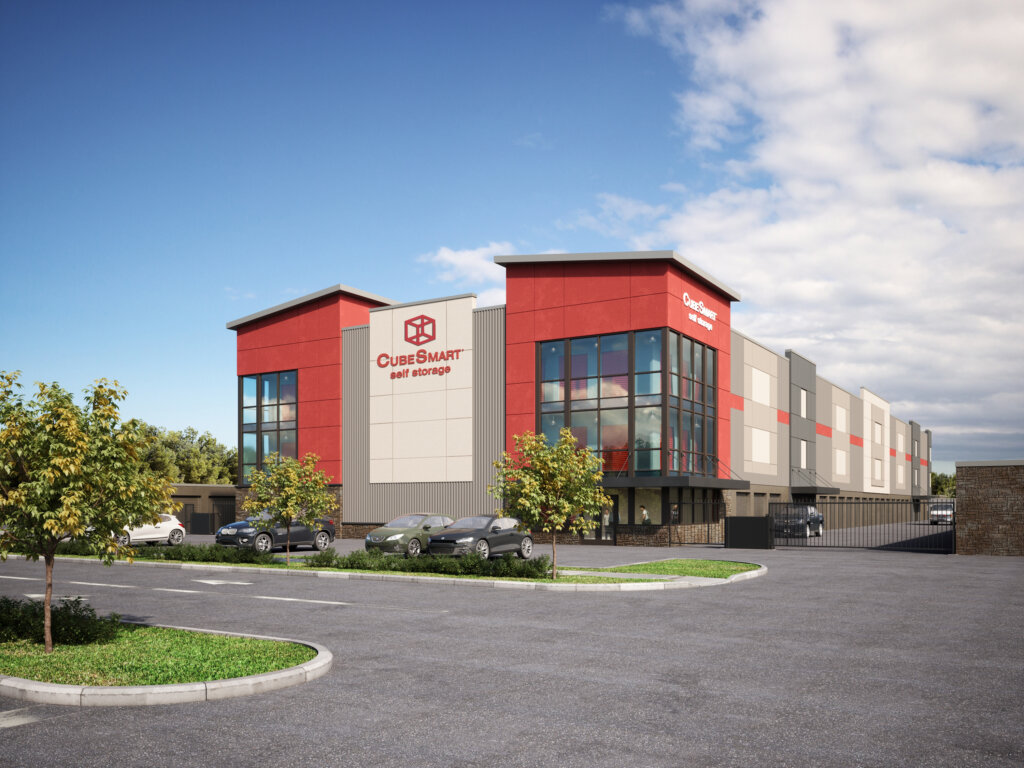
Result:

A near-perfect replica of the rendering, the Linden Ave Self Storage feasibility study considered economic, financial, and technical perspectives for the property.
- Analyzing the community’s needs for self-storage and the ability to support operations.
- Preliminary budgeting ensured the vision met the cost expectations.
- Specs review for drive-up units, 3 separate buildings, and a large visible storefront.
Rendering:
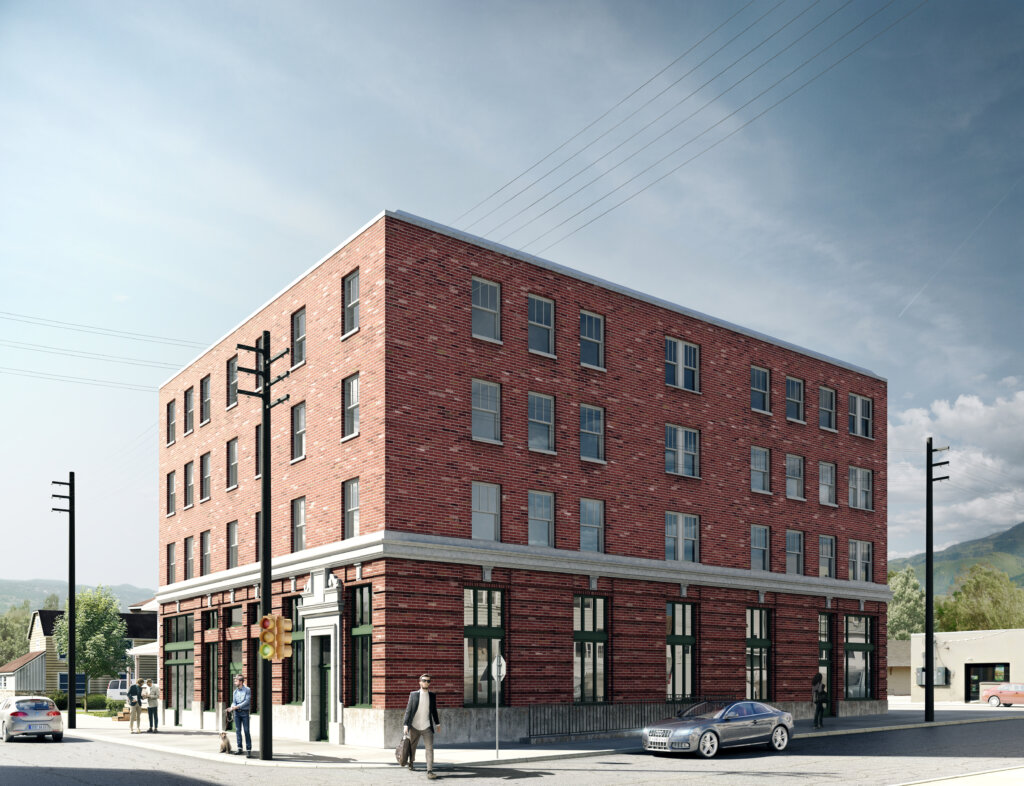
Result:
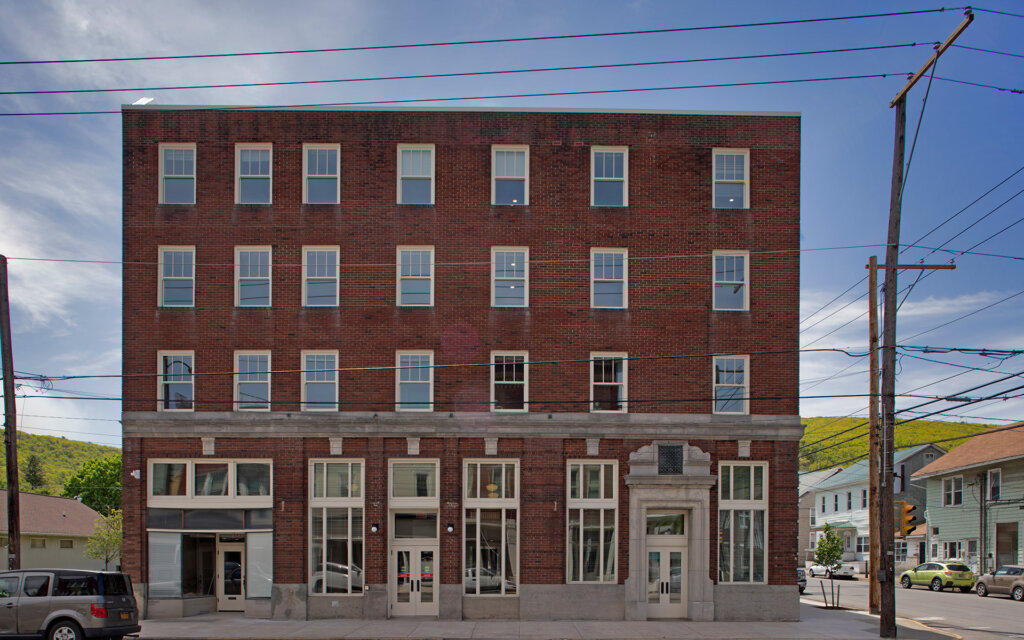
An adaptive reuse project, the Union House Apartments required analysis of multiple legal, environmental, and technical considerations from the feasibility study.
- Legal perspectives to ensure the preservation of two historical buildings.
- Technical evaluation for stability to renovate the old structures.
- Green and sustainable principles for a HERS rating of 55.
- Incentive options for the National Park Service and Federal Low Income Housing Tax Credits.
St. Matthew’s Evangelical Lutheran Church
Rendering:
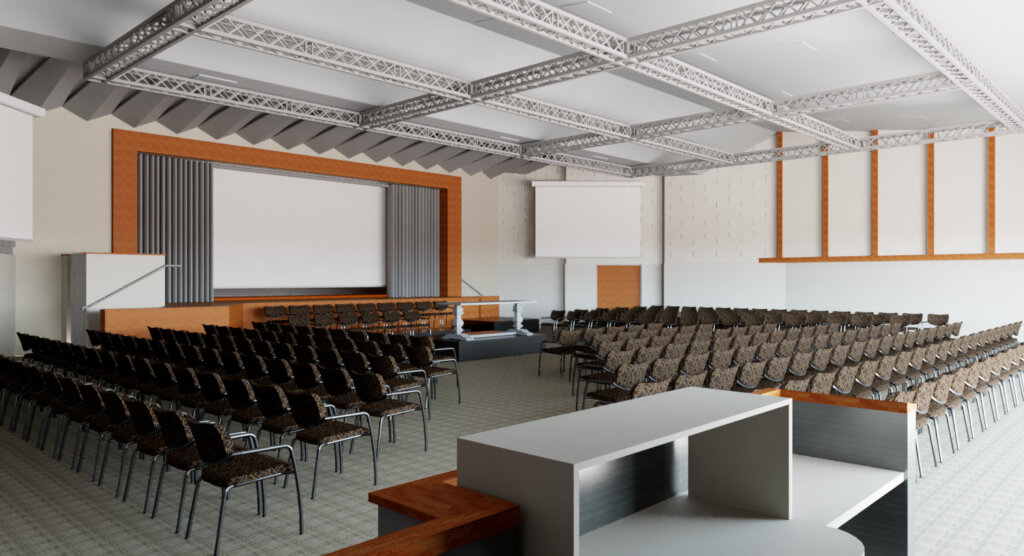
Result:
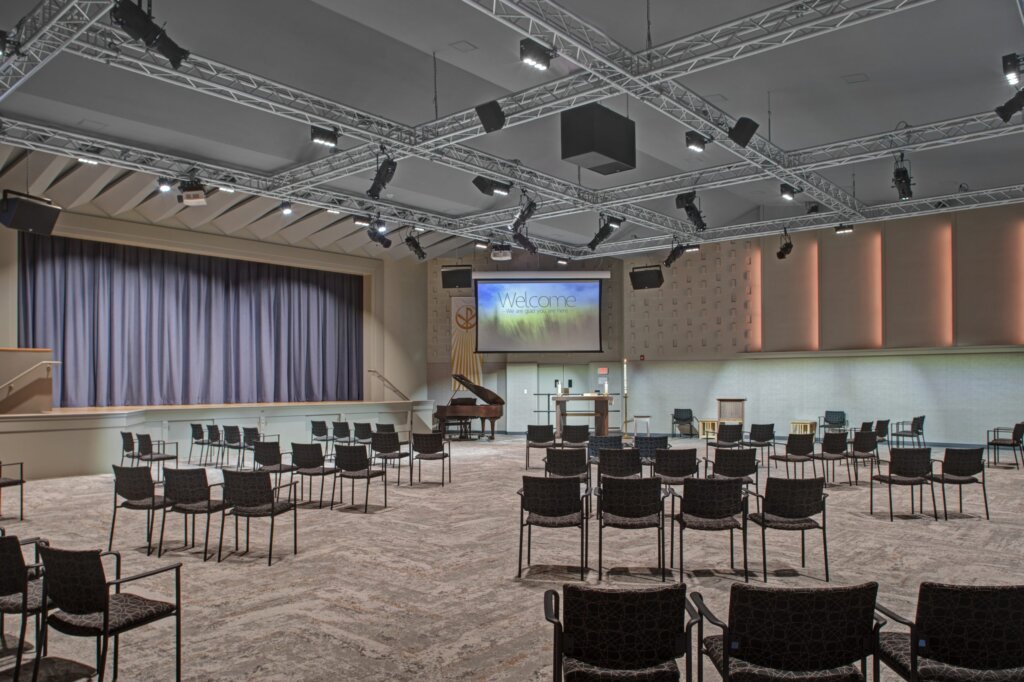
Renovation of 1966 church auditorium into updated flexible, contemporary worship and multi-use gathering space. Considered technical and financial feasibility.
- Created a 5,000+ SF fully accessible space, including new lift to the existing stage.
- Design Team and A/V consultant designed new lighting, sound and visual systems.
- Full interior design services to encompass multi-use functionality.
How SAAarchitects can help
At SAAarchitects, our feasibility studies involve three essential components: planning, research, and production. This allows us to make strategic decisions during the initial planning, uncover potential challenges, and develop processes to overcome these obstacles and deliver superior results on time and within budget.
Our feasibility study process includes:
- Interviews and insights: We will consult with clients and stakeholders to understand their goals, needs, and requirements. This allows us to comprehend the complexity and scale of the proposed project.
- Assessments: We will conduct in-depth market, technical, and forecasting assessments. This research includes analyses of site parameters, zoning codes, potential limitations, and current conditions related to materials, use, systems, and age.
- Development: Based on our findings, we will develop a comprehensive plan that includes timelines, concept designs, cost estimations, and overall project strategies. These documents guide our team and clients, providing clear next steps to keep the project moving forward.
Feasibility studies build a solid foundation for a project’s success. Allowing for informed, confident decisions from design to closeout.

